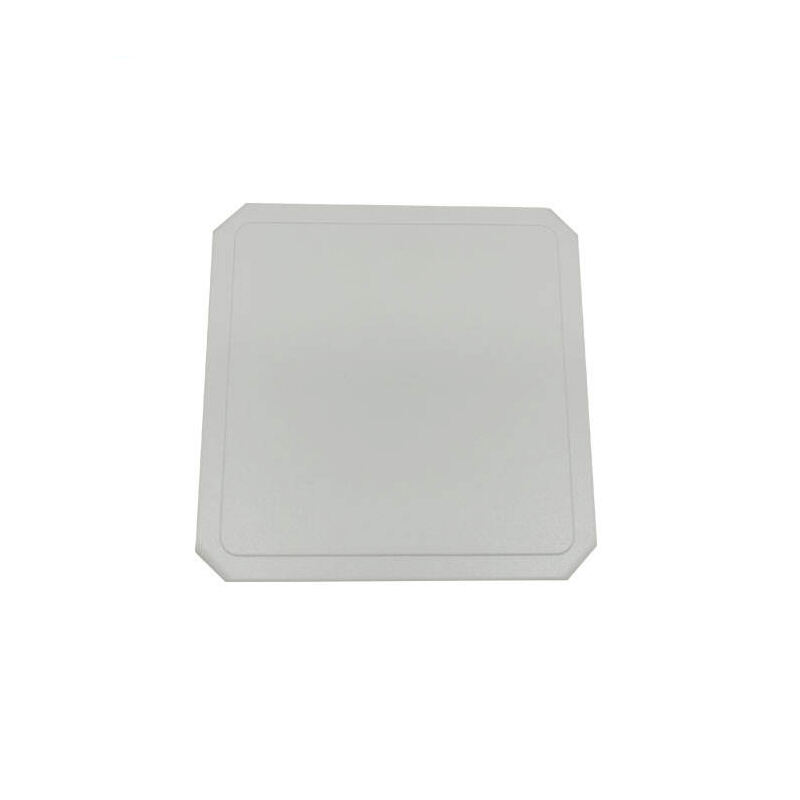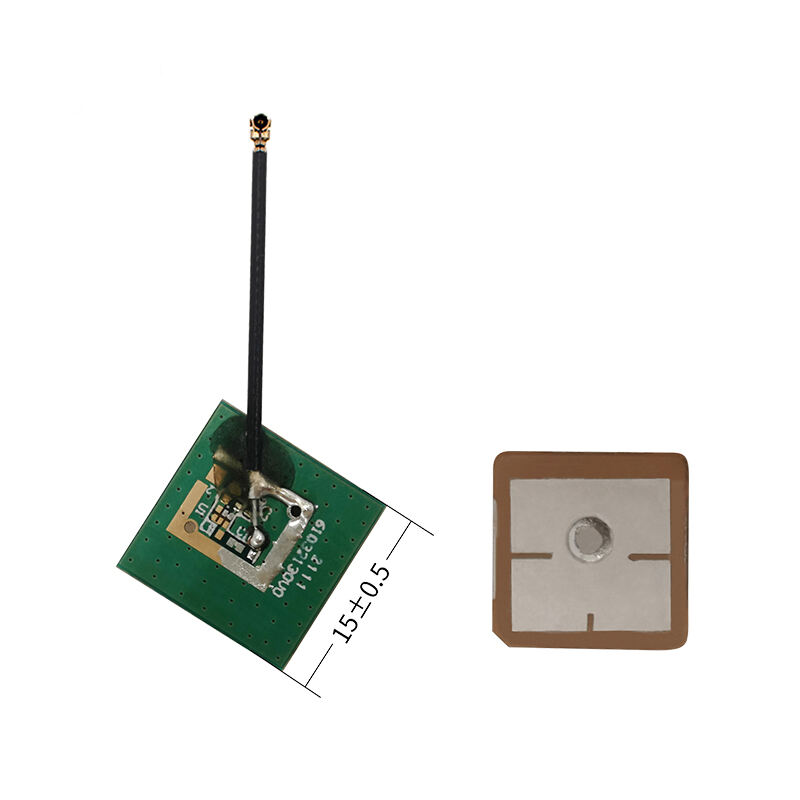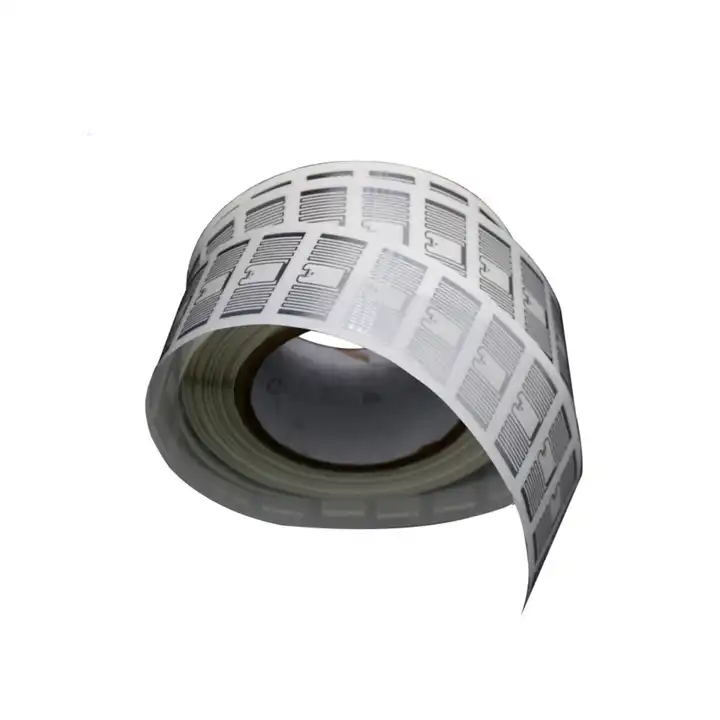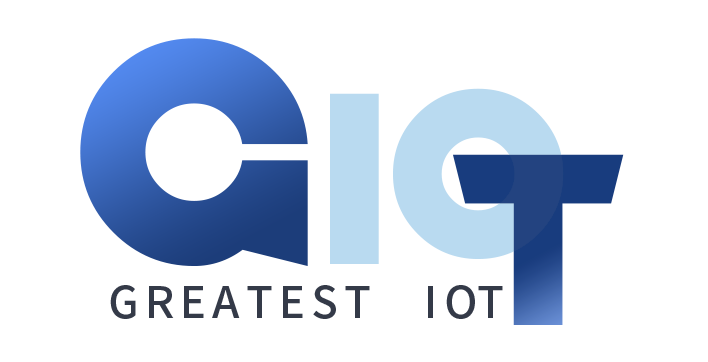In today’s fast-paced retail environment, efficiency, accuracy, and customer experience are paramount. One technology that has revolutionized these aspects is Ultra High Frequency (UHF) RFID tags. In this blog post, we will delve into what UHF tags are, how they function, and their significance in retail operations.
UHF tags fall under the category of Radio Frequency Identification or RFID tech, working within frequencies between about 860 MHz all the way up to 960 MHz. These tags basically contain two main parts: one is a small chip where information gets stored, and the other part is an antenna responsible for sending out that stored information when it comes into contact with an RFID reader. What makes UHF tags so popular around the world? Well, they can read from pretty long distances compared to other options, plus they transfer data really fast. Because of these advantages, many industries have started adopting them widely across different sectors like retail inventory management, logistics tracking systems, and even in some healthcare settings nowadays.
UHF tags work through electromagnetic fields basically. An RFID reader sends out radio waves that power up any nearby UHF tags. Once activated, these tags send back whatever data they've stored to the reader device. The whole thing happens pretty smoothly too, sometimes working at distances reaching several meters away. Because of this range, businesses have started using them everywhere from tracking stock in warehouses all the way to speeding up payments at retail checkout counters where customers don't even need to pull out cards anymore.
UHF tags differ significantly from Low Frequency (LF) and High Frequency (HF) tags:
UHF RFID tags offer some pretty significant advantages, especially when it comes to keeping track of what's in stock. Retail stores get to see exactly what they have on hand right now, which helps them figure out what might sell next and keep shelves properly stocked. Take a look at how these tags work practically. When something gets bought or shifted around the warehouse, the information shows up almost immediately in the computer system. This means store managers don't end up with too much stuff gathering dust or customers walking away because something was out of stock. The instant updates just make everything run smoother day to day.
Using UHF tags significantly enhances the customer experience. By automating inventory checks and fast-tracking the checkout process, retailers can create a smoother shopping experience. For example, RFID-enabled self-checkout systems allow customers to pay for items without manually inputting each product, thereby reducing wait times.
Automation is a cornerstone of modern retail operations, and UHF tags facilitate this through efficient stock management. Retailers can quickly scan entire shelves or carts full of products using UHF technology. This capability not only saves time but also ensures accurate and up-to-date inventory information.
One of the standout features of UHF RFID tags is their extended read range, which can exceed 10 meters in optimal conditions. This feature is particularly advantageous in large retail spaces where inventory may be scattered across many aisles.
Unlike traditional barcodes that require line-of-sight and can only be read one at a time, UHF tags can be read simultaneously. This capability allows businesses to conduct inventory counts and track items more efficiently.
In recent years, the cost of RFID technology, especially UHF tags, has decreased significantly. This reduction, combined with their long-term efficiency and automation benefits, makes them an economically viable solution for retailers.
UHF tags are invaluable for delivering real-time inventory updates. Retailers can monitor inventory levels continuously, allowing for immediate reordering and stock adjustment as needed.
RFID technology reduces theft and loss of inventory through its tracking capabilities. Retailers can set up alerts for unauthorized removal of merchandise and monitor product movements throughout the store.
Involving UHF tags in supply chain management enables retailers to track products from the moment they arrive at distribution centers to when they leave for store shelves. This trackability enhances accuracy in inventory management and helps identify bottlenecks in the supply chain.

Details: A high-performance RFID antenna providing a gain specification of 6 dBi. It's ideal for both indoor and outdoor applications.

More Info: This lightweight antenna is suitable for applications in automotive electronics and monitoring devices.

Product Link: These tags are designed for easy attachment to various objects, offering long-range passive RFID capabilities.
UHF RFID tags operate at higher frequencies, providing benefits like longer read ranges and faster data transfer.
Yes, due to their durability and long-range capabilities, UHF RFID tags are suitable for outdoor tasks such as vehicle tracking and asset management.
In conclusion, the integration of UHF RFID technology can transform retail operations, offering enhanced efficiency, accuracy, and customer satisfaction. Businesses willing to adopt this evolving technology will certainly reap long-term benefits, making them competitive in the modern retail landscape.
By understanding and implementing UHF tags, retailers not only streamline their operations but also deliver a superior shopping experience for their customers.

Copyright © ©Copyright 2024 Greatest IoT Technology Co., Ltd all rights reserved - Privacy policy